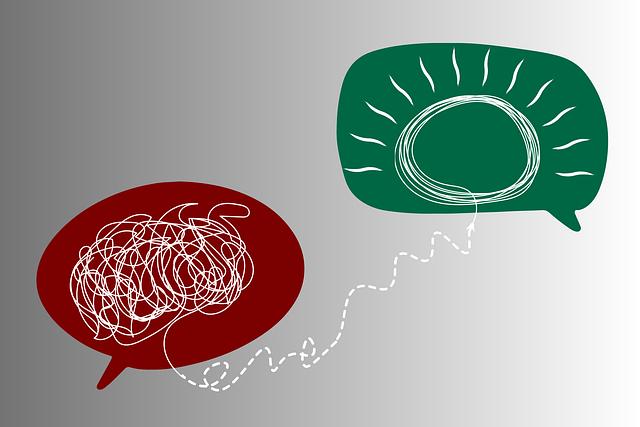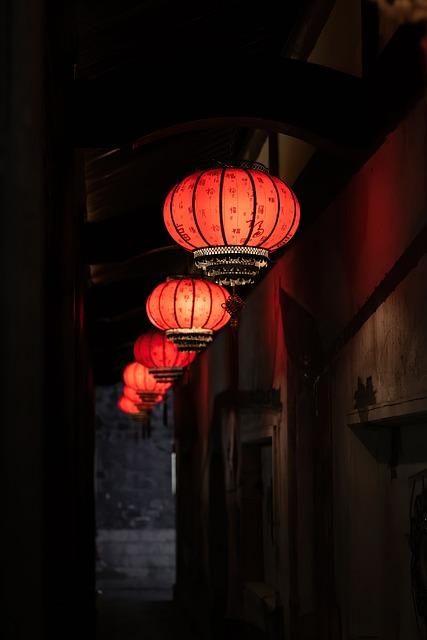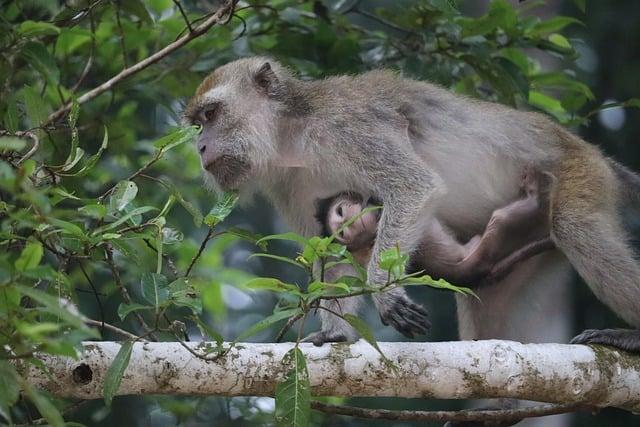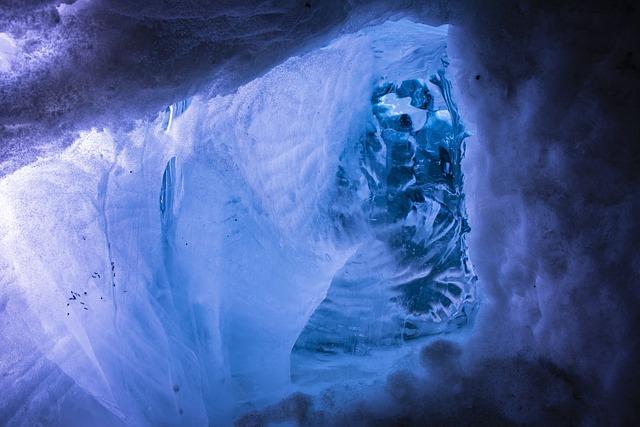Imagine stepping into a dimly lit room where the air is thick with anticipation. The musicians are a motley crew—a jazz guitarist, a violinist with a flair for the dramatic, a percussionist keeping time on a makeshift kit. They’ve only just met, yet as they tune their instruments, a spark of creativity hangs in the air. This is the essence of group improvisation in music, a phenomenon that transcends individual artistry, weaving together diverse voices into a tapestry of sound.
In this article, we’ll embark on a journey that traces the roots of group improvisation—examining how it emerged from various cultural traditions across the globe. From the syncopated rhythms of African drumming circles to the free-flowing jams of American jazz, we’ll uncover the rich historical contexts and influences that shaped this collaborative art form. Join us as we explore the dynamics of spontaneity and connection that define group improvisation, ultimately revealing why this musical practice remains as relevant today as it ever was.
The Roots of Collective Creativity in Musical Expression
At the heart of musical expression lies a profound connection that transcends individual talents, bringing together diverse voices into a harmonious tapestry of sound. Group improvisation is remarkably like a conversation, where each musician plays their part, responding to and building upon the ideas of others. This organic interplay allows for spontaneity, encouraging experimentation and creativity to flourish. Think of it as a dance: as one person moves, they inspire the next, creating an electrifying rhythm that grows and shifts. In this shared experience, the essence of collective creativity emerges, proving that when we abandon the spotlight, the group can shine even brighter.
The roots of this artistic collaboration can often be traced back to cultural traditions around the globe. Various musical styles, from jazz to Indian classical, emphasize improvisation as a celebration of community and expression. Here are some interesting points that highlight this phenomenon:
- Jazz muses: In the jazz world, every performance feels like a conversation, where the rhythm and melody ebb and flow.
- Circle songs: Some cultures utilize communal singing as a way to strengthen bonds, where melodies are built on collective input.
- Global fusion: The blending of traditions leads to innovative sounds, showcasing that creativity knows no borders.
This intermingling not only nurtures individual expression but also celebrates the magic that happens when creative minds come together.

Unraveling the Techniques Behind Group Improvisation
When musicians come together to create, the magic happens in the moment, often transcending the confines of structured composition. The art of group improvisation is a dance of spontaneity and synergy, relying on each member’s ability to listen, respond, and contribute. Here’s how they pull off this intricate collaboration:
- Active Listening: Musicians focus intently on each other’s sounds, cues, and body language, laying the foundation for a collective conversation.
- Shared Vocabulary: They cultivate a mutual language of musical phrases, styles, and motifs, allowing for seamless interaction and inspiration.
- Trust and Vulnerability: Each player must let go of the fear of making mistakes, embracing the unknown as part of the artistic journey.
This dynamic exchange not only fosters creativity but also builds a deep sense of unity among the performers. Consider it like a thrilling roller coaster ride where each twist and turn relies on everyone holding on together. The underlying structure of their improvisation might look different depending on the genre:
| Genre | Technique |
|---|---|
| Jazz | Chords and scales as common ground |
| Classical | Improvisation based on established themes |
| Rock | Riffs and solos weaving in and out |

Cultural Influences Shaping Collaborative Soundscapes
Throughout history, the sounds of diverse cultures have intertwined in magnificent ways, shaping the canvas of group improvisation in music. This collaborative spirit draws on the communal practices found in traditional folk gatherings, where storytelling and music serve as essential rituals. Think of it like a potluck dinner; each participant brings their unique dish—notes, rhythms, emotions—that blend into a rich platter of collective experience. The interplay of individual creativity and cultural influences turns each performance into a living tapestry, with sounds echoing past traditions while forging new paths.
<p>Moreover, the global exchange of musical practices, intensified by technological advancements, enhances this collaborative landscape. Today, musicians can effortlessly share their sounds across continents, igniting creative sparks that might not have ignited in isolation. Elements from African drum patterns, Asian pentatonic scales, or Western jazz harmonies converge to form something entirely new and unexpected. Imagine a jam session where traditions mash up like ingredients in a fusion restaurant; the result is often more than the sum of its parts. This exciting confluence not only enriches the sound but also promotes understanding and appreciation between cultures, proving music’s power as a unifying language.</p>

Nurturing Group Improvisation: Tips for Musicians of All Levels
Group improvisation is like a musical conversation where every voice matters, and it’s truly magical when it flows effortlessly. To cultivate this spontaneous creativity, musicians should embrace a few key practices. First off, active listening is crucial; it’s not just about waiting for your turn to play, but truly absorbing what others are contributing. Think of it as tuning into a radio station—each musician has their own frequency, and when you adjust your dial to really grasp those nuances, the whole ensemble shines. Creating a safe space where everyone feels comfortable to express themselves is essential too. Consider forming a circle; this physical arrangement promotes a sense of unity and makes it easier to connect.
Another vital aspect is experimentation. Encourage each member to try something new, be it a different rhythm, melody, or style. This can feel intimidating, but remember, the essence of improvisation is freedom! Here are some practical tips to keep in mind:
- Start small: Begin with simple phrases or motifs to build confidence.
- Set parameters: Establish a specific key or groove to give structure to your exploration.
- Use cues: Create gestures or signals to guide shifts in dynamics or tempo during the performance.
Furthermore, engaging in regular jam sessions can unlock creative pathways you never knew existed. These gatherings act as the fertile ground for musical growth, allowing you to play freely without the pressure of formal performance settings. You might be surprised at the fresh ideas that blossom when you allow yourself the freedom to play and interact with others in real-time!
The Conclusion
As we wrap up our journey through the fascinating world of group improvisation in music, it’s clear that this art form is more than just a collection of notes played in sync. It’s a vibrant tapestry woven from the threads of spontaneity, collaboration, and emotional expression. Just like a conversation that flows freely without a script, group improvisation invites musicians to share their voices and stories in real-time, creating something truly unique in each performance.
Reflecting on its roots—from the jazz clubs of the 1920s to the communal gatherings of folk musicians—it’s evident that this practice isn’t merely about musical skill; it’s about the connection between performers and the crowd, the give-and-take of creative energy. So next time you find yourself at a jam session or a live performance, take a moment to appreciate the magic happening in those unplanned moments. Each note is a fleeting brushstroke on the canvas of sound, each pause pregnant with possibility.
In exploring the birth and evolution of group improvisation, we’ve unlocked just a glimpse of what makes music so profoundly human. It’s an ever-evolving dialogue that challenges us to listen deeply, think creatively, and embrace the unexpected. As the music fades, let the echoes of this exploration resonate in your heart, inspiring you to venture into the spontaneous and unpredictable realms of creativity, both in music and in life. After all, isn’t that where the real magic happens?



